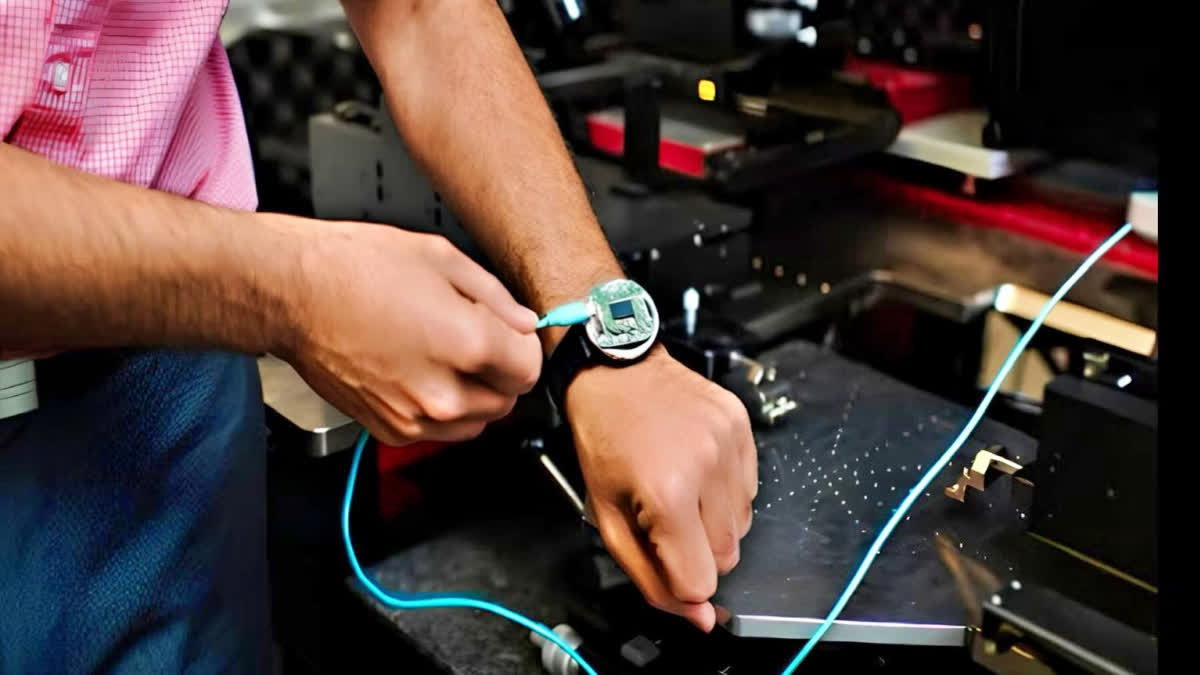Engineers at the University of Waterloo in Canada have developed a groundbreaking wearable device that uses radar technology to monitor glucose levels non-invasively. This innovation could transform the lives of individuals with diabetes by eliminating the need for painful finger pricks or invasive patches currently used to measure blood sugar levels.
“We’ve developed radar technology that can now fit inside a smartwatch and sense glucose levels more accurately than ever before,” said Dr. George Shaker, adjunct associate professor at Waterloo’s Department of Electrical and Computer Engineering. “Just like you use glasses to improve your vision, our technology helps for better sensing of glucose levels.”
The study, titled “Radar near-field sensing using metasurface for biomedical applications,” was recently published in Nature’s Communications Engineering. With clinical trials underway and plans for further development, this innovative device represents a significant leap forward in wearable health technology.
How The Technology Works
The new system is inspired by weather satellites, which use radar to monitor atmospheric changes such as storm movements. “We’ve figured a way to miniaturize these radar systems on satellites, put them in a wearable device, and use the same radar technology that looks at changes in the atmosphere to look at changes in the human body,” Shaker explained.
The device includes three key components:
- Radar Chip:Sends and receives signals through the body.
- Meta-Surface:A specialized material developed by the team that enhances the radar’s resolution and sensitivity for more accurate glucose readings.
- Microcontrollers with AI Algorithms:Processes radar signals and improves accuracy and reliability by learning from data over time.
This innovative approach eliminates the need for skin penetration, a first in non-invasive glucose monitoring. “Unlike existing methods that require skin penetration, our system is entirely non-invasive and can detect even small changes in glucose levels,” Shaker said. “No other technology can provide this level of precision without direct contact with the bloodstream.”
